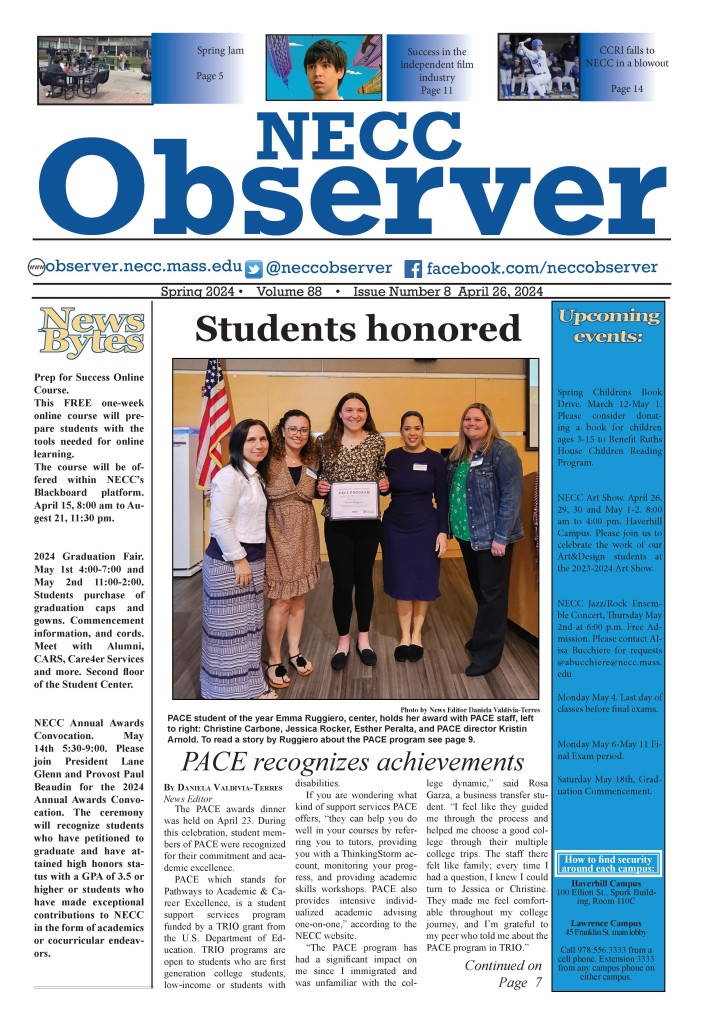The conversation of race is a difficult one.
It is near impossible to engage in one without an element of pain or discomfort. It often requires the participants to show a high level of vulnerability. With the growing publicity and tension over police brutality and institutional racism, it is a thought that has crossed most minds. And for some, it is simply a reminder of their everyday struggles.
Sometimes, that regular reminder involves children as well. It is a common reality of black families and other people of color to educate their youth on discrimination. Children are taught to be polite, to avoid situations, to act appropriately with authority; however, in families of color, these lessons are enforced and emphasized because of their race.
It is a wildly disconnecting perspective to recall that about 60% of Americans have white privilege, and therefore typically don’t go out of their way to address the impactful conversation. In fact, some attitudes encourage avoiding the conversation as long as possible.
Are we able to maintain that innocence in children? If children of color are old enough to experience racism, aren’t they old enough to be given better understandings of it? And if children of color can acknowledge its role in their lives, can’t children of white families also understand themselves and their peers better than we give credit for?
In my personal experience working with youth on various topics in presentation formats, there have been more than one occasion where there have been chills and tears. There are few things more profoundly eye-opening than an ‘innocent’ child’s struggles.
One activity I’ve facilitated more times than I can count is called “Crossing the Line.” A silent activity in which students take a step over a line if a statement read aloud applies to them.
To witness an entire class of kids step together in silence upon hearing, “If you have ever been discriminated against because of a group you belong to,” takes the words from your lips.
I surely wish we lived in a society that didn’t add such a negative aspect to children’s lives. And to confront such tear-jerking things certainly feels negative. On the contrary, It is the most positive thing one can do for that child’s reality.
Dismissal to a kid’s perspective won’t dismiss the world’s.
Across America, the message Speak Up has rippled across all victims who have been disadvantaged and discriminated against by our nation. Whether it’s a little sibling, a cousin, a child, a friend… let their voice be heard as well. The voice that acknowledges insults, bullying, and differences in treatment.
Let those young minds know their experiences are valid. That if anything, the acknowledgement of hate and hurt should lead to empathy, compassion, and healing.
As we advocate for the stories of people of color, remember to include the next generation into the conversation. Not only can it help us break the perpetuating cycles of malice and racism, but it can give life to a fundamental understanding of its effects on all individuals involved–and most importantly how to reverse those effects.
The conversation of race is a difficult one because of the pain. But willing it away won’t protect our kids from the harm of racism. The best hope is to fight hate with love. To prevent the internalization of discrimination. To fight ignorance with education.

